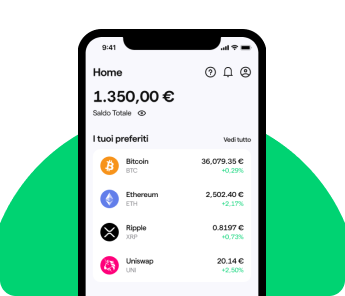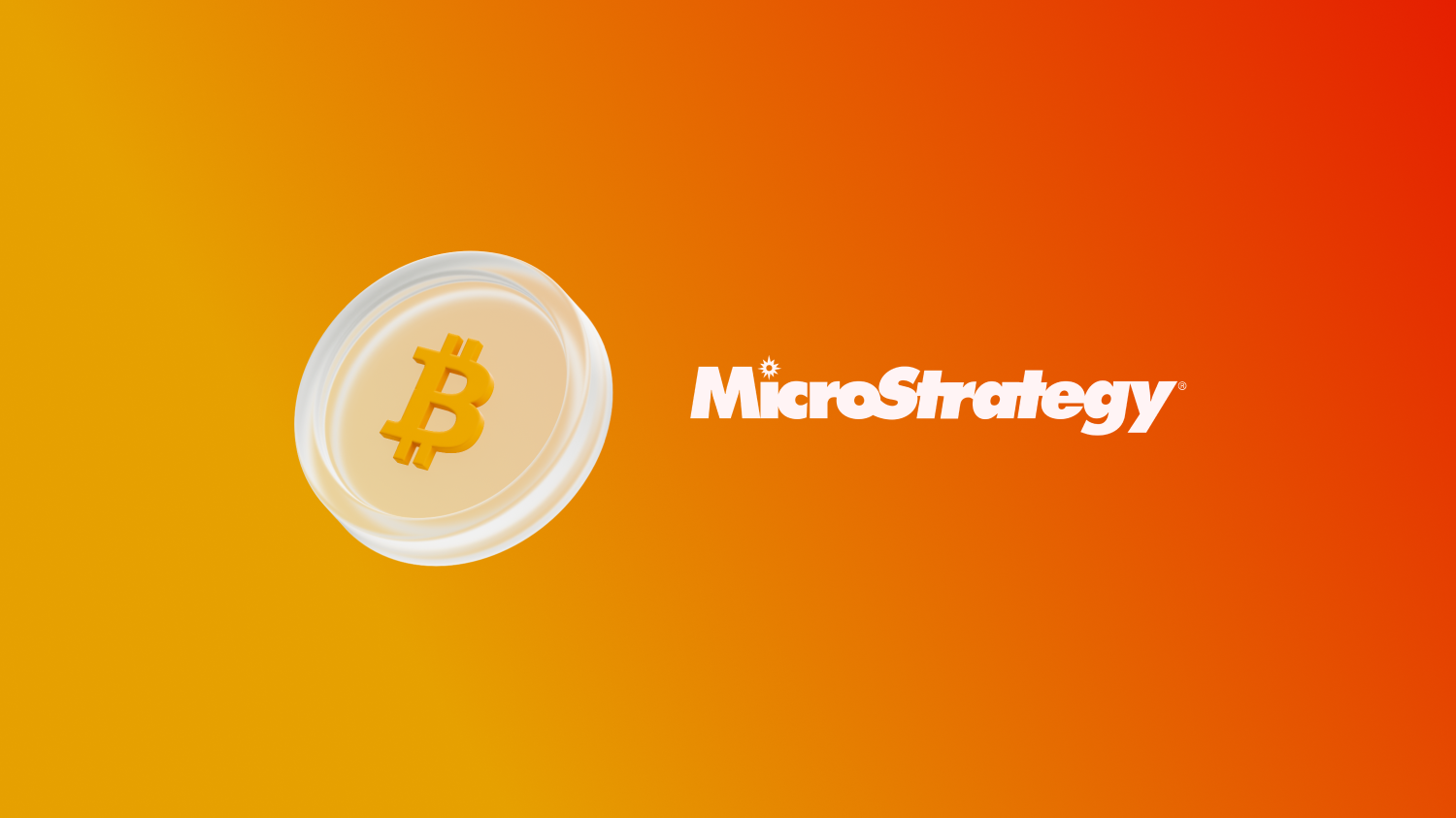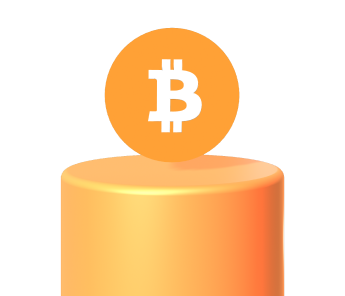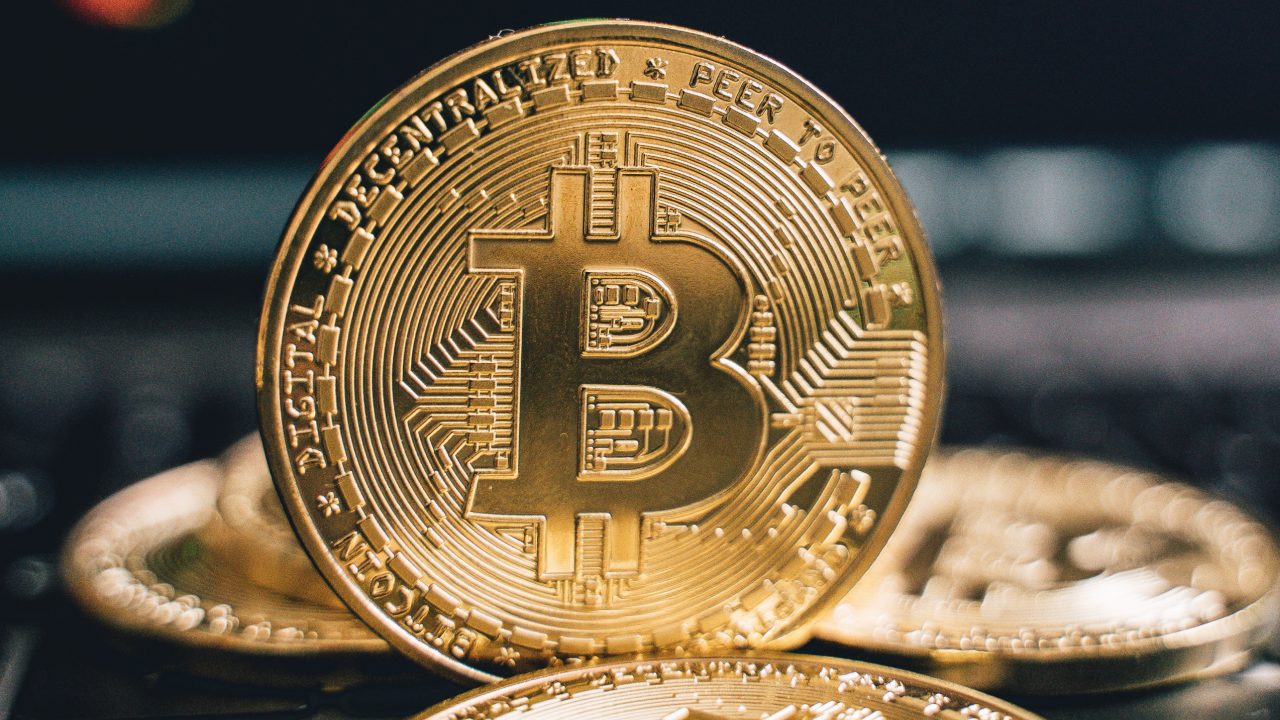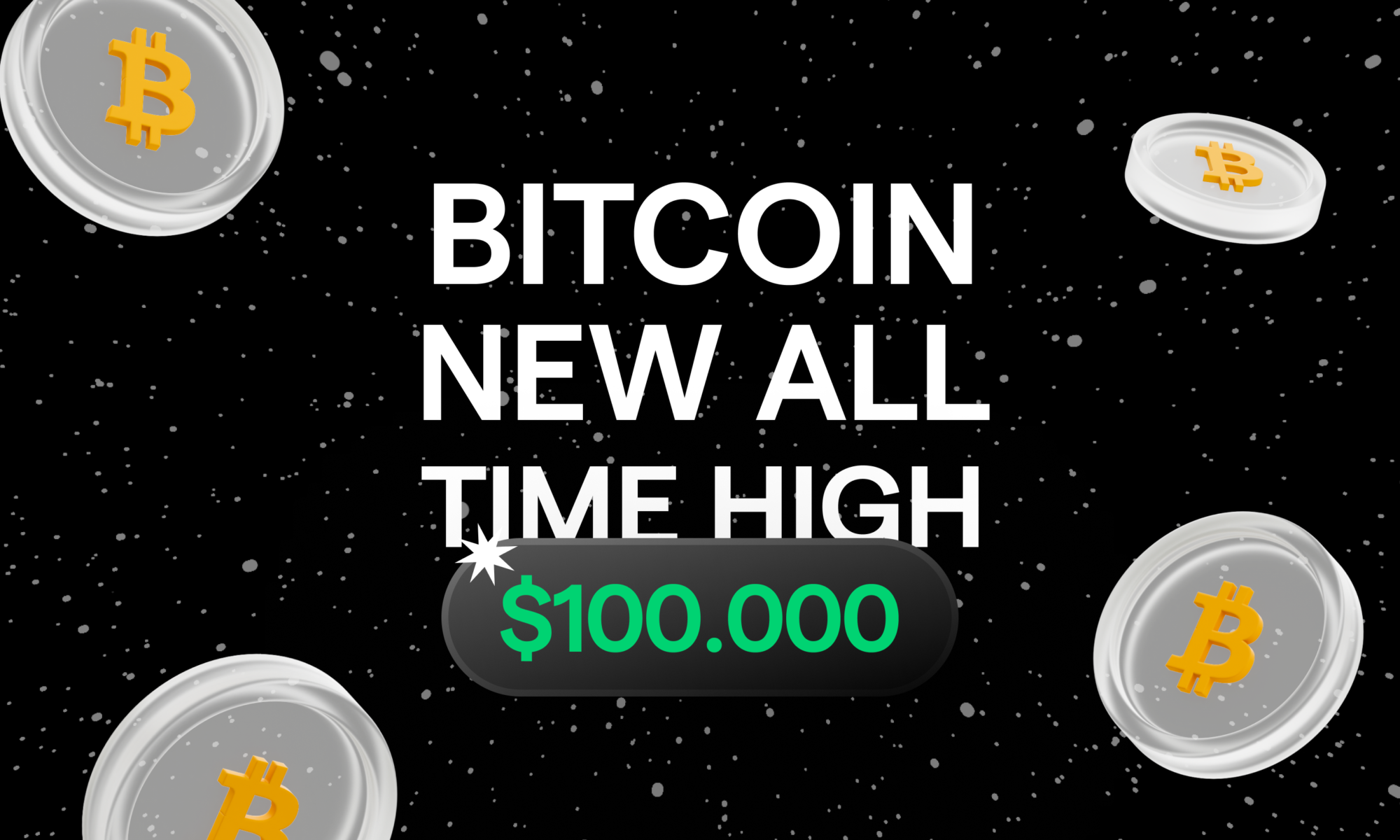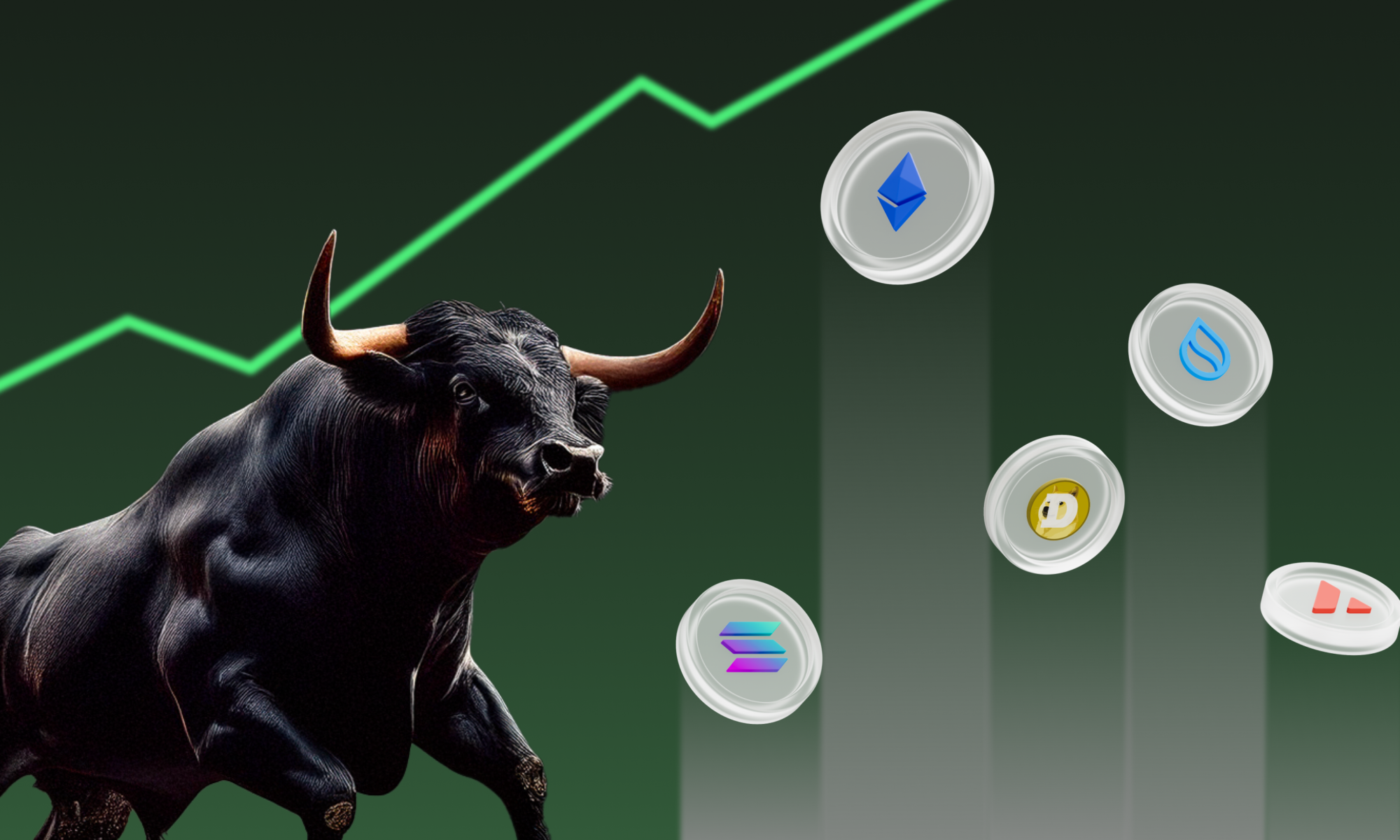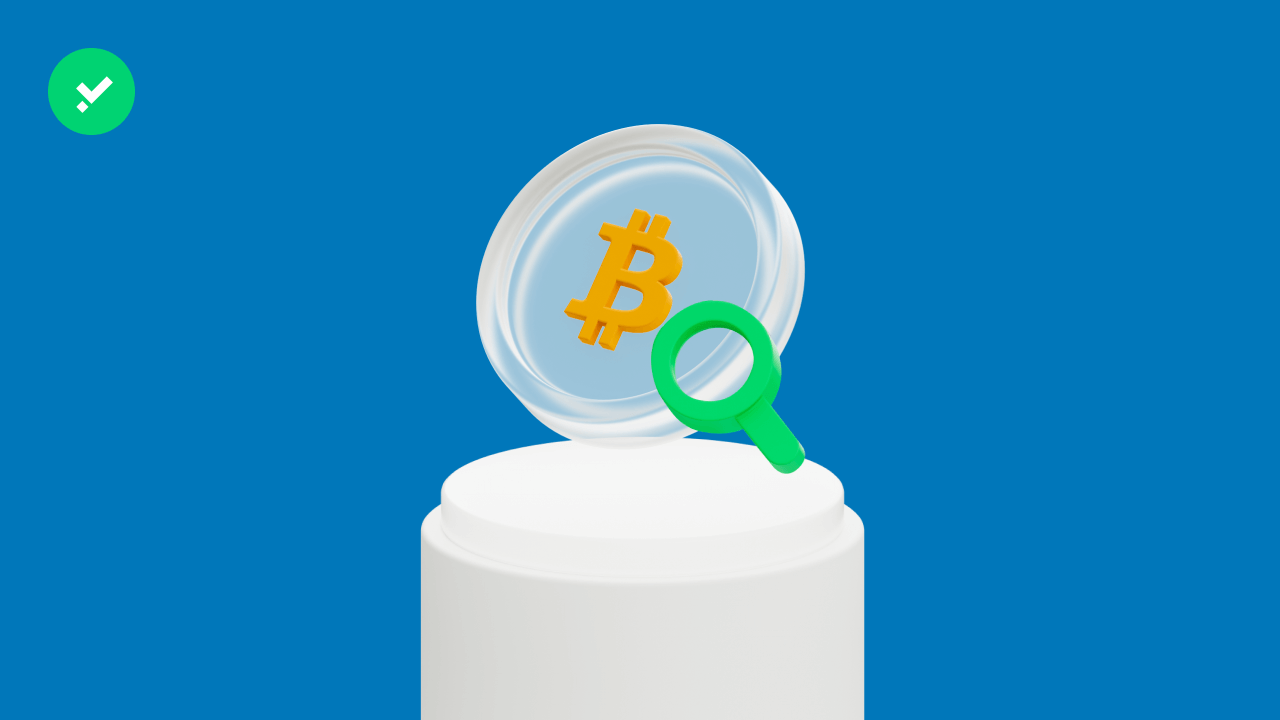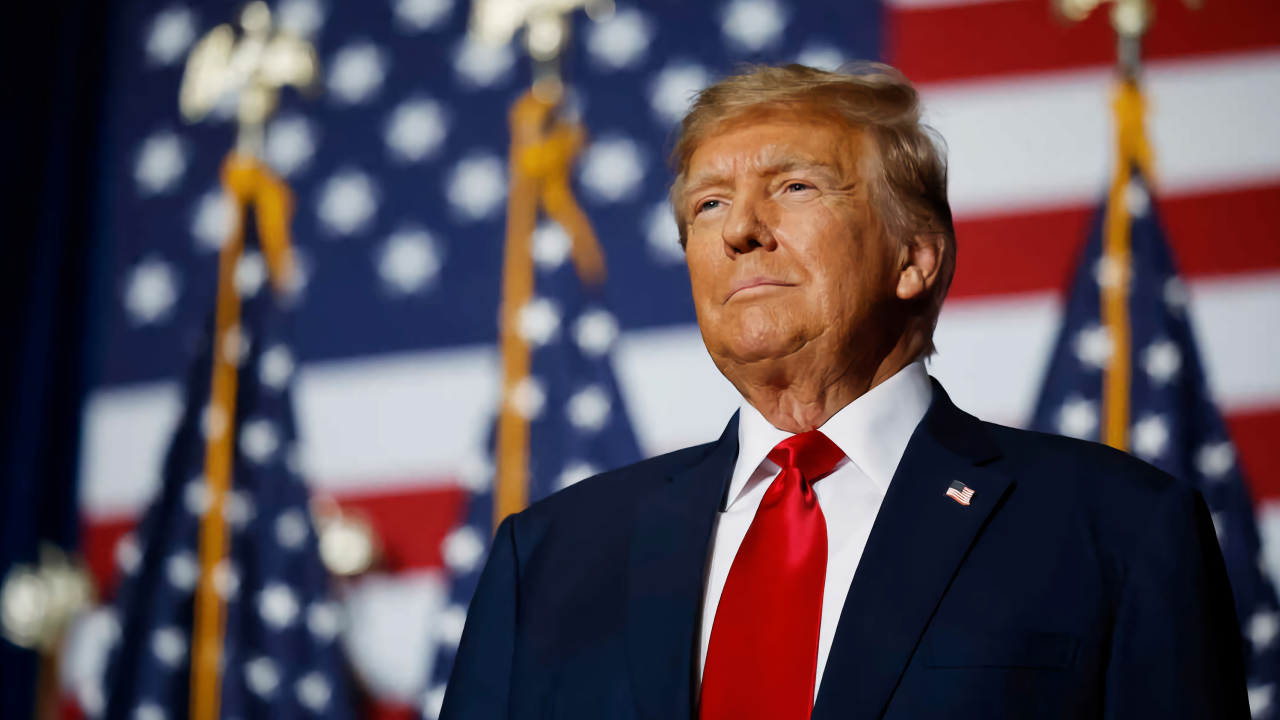De-dollarisation refers to the gradual reduction in using the United States dollar as the primary currency in global trade and financial transactions. Since World War I, the dollar has reigned supreme, acting as the cornerstone of the global financial system.
However, the situation may be shifting with increasing globalisation and the rise of economies once deemed emerging but now crucial to global GDP. What does de-dollarisation truly mean, and how could it reshape the global economic landscape?
What is de-dollarisation?
Joyce Chang, chair of Global Research at J.P. Morgan, explains:
“The notion that the dollar is losing its status as a reserve currency has gained traction, particularly as the world has divided into trading blocs following Russia’s invasion of Ukraine and the growing strategic competition between the United States and China.”
In the US, the idea of devaluing the dollar to maintain economic competitiveness has even surfaced during electoral debates. But is the dollar truly losing its grip?
De-dollarisation describes the decreasing reliance on the US dollar in international transactions and reserves, a trend that could undermine its dominance over global financial markets. Currently, most international loans and investments are dollar-denominated, but this status is only guaranteed to last for a while.
The forces driving de-dollarisation
Two main factors threaten the dollar’s dominance: internal and external pressures.
- Internal stability and US leadership
The dollar’s status is closely tied to the United States’ economic, political, and military strength. Will the US maintain its position as the world’s leading superpower in the coming years? This is a question facing policymakers and the new US administration led by Donald Trump. Achieving this is far from certain, and any decline in US influence could erode confidence in the dollar. - The rise of the BRICS nations
Externally, countries within the BRICS group—especially China, India, and Russia—actively seek alternatives to dollar reliance. For instance, China’s push to stabilise and internationalise the yuan could make it a viable competitor. Similarly, Russia has already shifted to using roubles, yuan, dirhams, and rupees for oil trade, reducing its dependency on the dollar.
The impact of de-dollarisation
Understanding de-dollarisation also involves assessing its potential consequences for the global economy, particularly for the United States.
- The shift in global power dynamics
A diminished role for the dollar would irrevocably alter the balance of power among the world’s most influential nations. US financial assets, such as stocks and bonds, could experience slower growth, while yields on fixed-income assets like government bonds may rise due to declining demand. - US exports and inflation
A weaker dollar could make US exports more competitive globally, potentially boosting manufacturing. However, it may also discourage foreign investment in the US and contribute to higher inflation as import costs rise. - Commodity markets
This shift is already evident in the commodities market, where some nations are bypassing the dollar in favour of local currencies. Russia, for example, conducts oil trades in currencies such as the Chinese yuan, Emirati dirham, and Indian rupee. - Increased demand for gold and scarce assets
A move away from the dollar could drive up gold prices, as central banks may prefer gold as a reserve asset. Similarly, other scarce assets like Bitcoin could become increasingly attractive for preserving value.
Is de-dollarisation imminent?
While the United States has seen its share of global trade diminish, this does not necessarily mean de-dollarisation is inevitable.
The decline in the dollar’s share among central bank reserves, especially in emerging markets, is not yet significant enough to justify major concerns. Key factors such as bank deposits, sovereign wealth funds, and foreign investments continue to support the dollar’s dominance. Moreover, the dollar remains central to global finance due to its deep capital markets and robust financial transparency.
Stay informed on the shifting tides of global finance with Young Platform.
